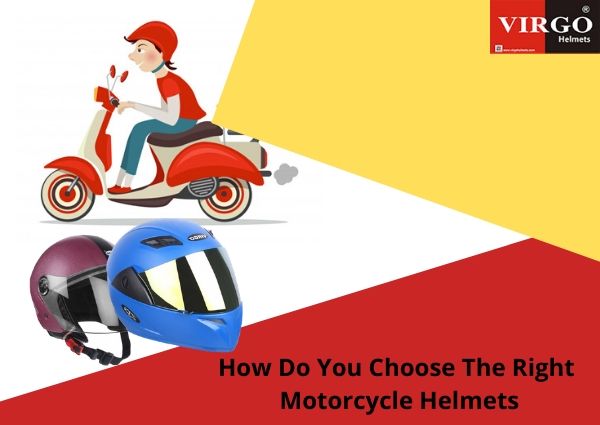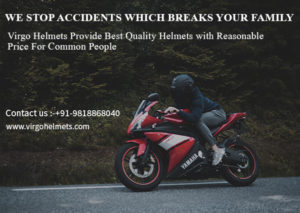How Do You Choose The Right Motorcycle Helmets
In the following, we’ll go to be discussing a very important topic that’s “How do you choose the right motorcycle helmets?” and will discuss it thoroughly within the article. Motorcycle helmets are expensive thus it’s necessary to buy the correct one for your budget, your head, your riding style, and your confidence. We have published many articles about helmets. Just go to the search bar on this page and kind in “helmet” and you will find several articles that offer advice. We have included links to some of these articles in our tips for buying the right helmet for you:
Type Of Helmet
There are several varieties of helmet: Full face, open face, half helmet, motocross and modular or flip-up. For maximum safety, a full-face helmet is the best choice. Crash data from the aptly-named Hurt Report shows the most common area of impact on motorbike helmets is the chin at 19.4%. Avoid half helmets that are popular in the U.S and are surprisingly approved by Australian standards, but not European. We can’t say what is the actually right or correct type for you, but consider the advantages and disadvantages of full and open-face helmets. Some people love the versatility of a modular helmet. For this motorbike helmet manufacturers are doing a great work.
They say they can flip it up and take photos, get fuel or use an ATM without having to take off their helmet. They also say they can ride around with the chin bar up for fresh air when in slow-moving traffic. However, that’s illegal unless the helmet has a chin bar that flips all the way to the back just like the Shark Evoline. However, be aware modular helmets are generally not rated as high in safety standards, are heavier than full-face helmets and, in our experience, tend to wear out quicker because of the complex hinge mechanism.
Check Safety Standards
A high price doesn’t necessarily mean the helmet is safe, nor does a cheap helmet mean it is unsafe. Check out this article which debunks those theories. You will pay for “fashion”, too. One size does not fit all.
Every helmet brand has a slightly different shape as well as every rider has a different shaped head. There are some brands that just don’t fit right on me, while others are perfect. Manufacturers particularly make helmets for a worldwide audience, however, it is claimed that some of the Asian helmets have a flatter front with the visor closer to your nose. If the helmet sizing is via a head measurement, run the tape around your head just above your eyebrows as well as at the pointy part at the back of your head.
The Right Fit
We suggest you don’t buy a helmet over the internet until and unless you have bought that specific brand as well as a model before. It is better to go into a store and try a helmet on to get the right fit. It ought to be tight all over with no movement when you shake your head. But don’t just put it on for a few seconds. If you have the time and the store staff are obliging, put the helmet on and play a game on your phone or check your email for about half an hour. It will take at least that long for pressure points to become evident.
Ask the store staff if they return helmets that haven’t been worn on a motorbike and not had the stickers or visor film removed. If so, take the helmet home as well as sit on your couch and just watch a movie while wearing the helmet. If it hurts, you should be able to return the helmet. You may even offer to actually wear a thin hair net while sampling the helmet.
Helmet Extras
Some extras to look for are good ventilation, Pinlock-ready visors to prevent fogging and the ability to fit a clamp-on Bluetooth unit or integrated unit such as on Nolan helmets. Look for helmets with removable and washable internal padding and lining as this may prolong the life of your helmet and make it smell fresh.
If you buy an open-face helmet look for 3 push-on buttons on the front thus you can attach a visor or a peak that helps prevent lift at speed. Also, a clasp retainer at the back can stop your goggles from coming off. Some helmets are noisier than others and you may want to wear earplugs, so look for a recess around the ears so they don’t become painful. This recess can also be used for Bluetooth intercom speakers; although we have found that they are not always located correctly for all ears.


